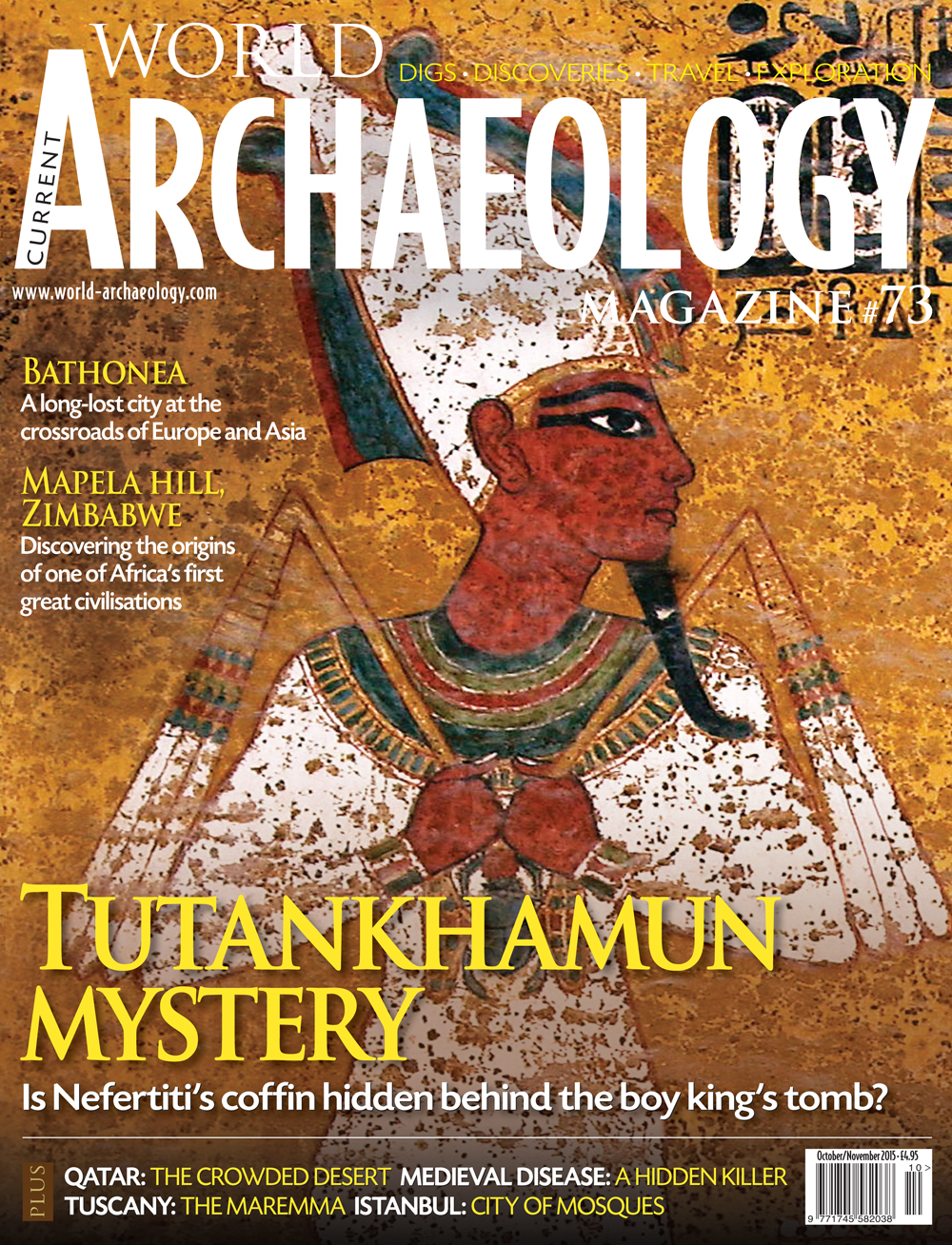The spectacular discovery of Tutankhamun’s tomb in 1922 brought the 18th Dynasty teenage pharaoh 20th-century celebrity status, and inspired generations of future Egyptologists. His stepmother, Queen Nefertiti, is equally famous: her limestone bust, found at Amarna and now at the Neues Museum in Berlin, is as recognisable the world over as Tutankhamun’s golden burial mask. But her tomb is yet to be found. Now the world of Egyptology is on tenterhooks following claims that 21st-century technology has revealed signs of two hidden doorways in the walls of the boy king’s funeral chamber – and that one of them may lead to the undisturbed sarcophagus of Nefertiti herself.
Nineteenth-century European travellers who stumbled across the remains at Great Zimbabwe believed the impressive architecture and sophisticated art must be the work of foreigners colonising African territory. Twentieth-century excavation proved them wrong. New investigations at the long-neglected site of Mapela Hill are revealing the earliest traces of this sophisticated society, which went on to flourish in the 11th-19th centuries.
A long-forgotten city, a massive stone harbour, and a rare example of a Roman lighthouse: such discoveries are the stuff of archaeologists’ dreams. Add to that the first evidence for Hittite contact with Europe, and you understand why the team at Bathonea in Turkey enjoy their day job!
Describing a desert as ‘crowded’ sounds like an oxymoron, but in Qatar, that is exactly what you will find. A closer look at the seemingly barren landscape reveals a terrain crammed with evidence of past societies, both nomadic and sedentary, stretching back millennia.
High cholesterol leading to strokes is seen as a modern medical phenomenon. But scientists in Sweden have discovered remarkable evidence for this hidden killer lurking in two medieval monasteries. Was health in the Middle Ages as much a matter of lifestyle choice as it is for us today?

